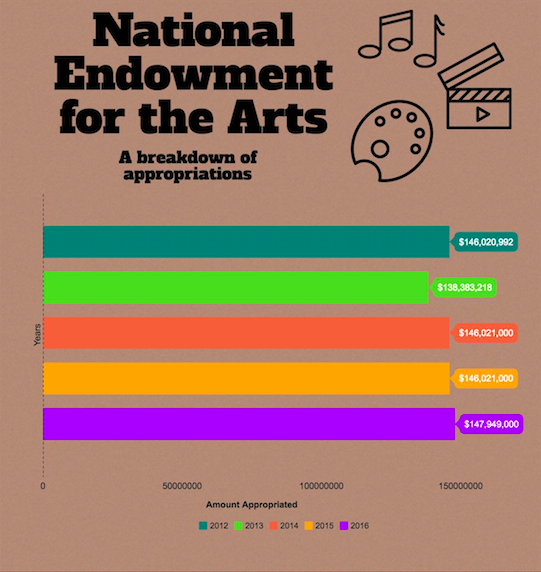By Samantha Reichstein
For most, imagining themselves speaking on a brightly-lit stage in front of an audience seems like a nightmare.
For 9-year-old Maya Tamakhera, that “nightmare” helped solve her struggling social fears, allowing her to open up and conquer many challenges she faces on a daily basis.
Tamakhera takes weekly classes at the Georgetown Palace Theater, currently the only free acting program in the United States for children with autism. Led by director Trina Sherman, the beginner acting class, known as “Acting with Autism,” is a 10-week program for elementary and middle school children. Each session addresses peer modeling and social skills through performance—regardless of where the student may fall on the autism spectrum.
“I like being around kids with autism because they are like me,” Tamakhera said. “These classes put me with people that understand the challenges that I go through.”
In recent years, studies have proven the importance of fine arts within special education, and education as a whole. According to the non-profit organization known as the Friendship Circle, art, music and drama classes provide an outlet for inclusion as well as exploration, since they are based on creativity instead of test scores. For students with autism who may struggle in core classes, fine arts opportunities provide an area where there is more than just one right answer.
“Maya came into the class at first being painfully shy, but slowly has learned to express herself through acting,” Sherman said. “One day she invited me to her birthday party, and when I drove up she ran to my car and started screaming. She had this voice all along, she just had kept it inside.”

Simple creative activities are some of the building blocks of child development. Information from PBS Parent.
This push toward making the arts a more inclusive environment is not just occurring on a local level, but happening nationally as well.
In 2011, the Theatre Development Fund launched the Autism Theater Initiative (ATI) with Disney’s musical The Lion King. For the first time on Broadway, theatre became accessible to both children and adults on the autism spectrum, as well as their friends and families. The performance focused on sensory-friendly elements, including a reduction of loud noises and strobe lights, as well as an additional area for quiet activities staffed with autism specialists in the lobby. Due to its success, ATI has continued to showcase many other autism-friendly performances on the Great White Way, such as Mary Poppins, Spider-Man, Wicked, Matilda, Phantom of the Opera and Aladdin.
Live theatre isn’t the only place this is happening—it’s occurring on television, too.
“Sesame Street” made headlines earlier this month with the introduction of their newest Muppet named Julia, a four-year-old girl with autism. Pushing the mold just a bit deeper, the television show not only talks about autism, but brings a new face to the neighborhood.
The characters explain to Big Bird that Julia does things sort of differently, in a “Julia sort of way.” While she may not immediately respond to verbal communication, a later scene—which shows all the Muppets interacting—focuses on Julia’s skill in painting and her immense creativity within the arts as a whole.
While the Georgetown Palace Theater has the means to provide fine arts education geared toward these students free-of-charge, many fine arts organizations are not as lucky.
A draft of President Donald Trump’s proposed 2018 budget eliminated funding completely for The National Endowment for the Arts. According to the Texas Commission on the Arts (TCA), nonprofit arts and culture generate $236.1 million in total economic activity for the city of Austin, with $1 million of that going toward education and cultural outlets across the state. Without that money, various programs that need the means to survive—such as outside classes for students within special education programs—could vanish.

A side-by-side look at the federal government’s budget towards the National Endowment for the Arts. Information from http://www.arts.gov.
According to a 2012 analysis from the Austin government, the non-profit arts are, “a vital component of the quality of life and creative energy of Austin that makes it such an attractive place to live, work and visit.” Arts in Austin provide a revenue for tourism and many businesses, while also enriching children who may not get these outlets in their normal schedule.
“These are really smart, capable children,” Ronnie Quintanilla-Perez said, a parent whose child also takes classes at the Georgetown Palace Theater. “They have different ideas than we do, but those different ideas are often better, and can be shared throughout these platforms.”
